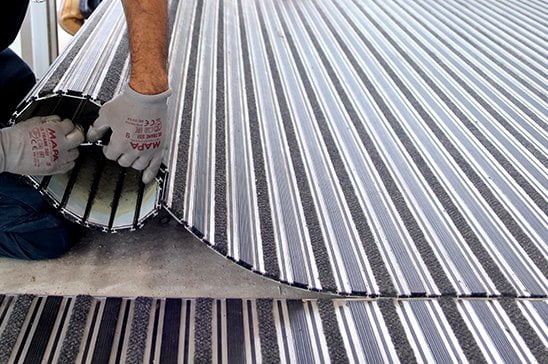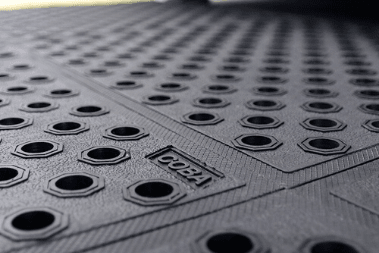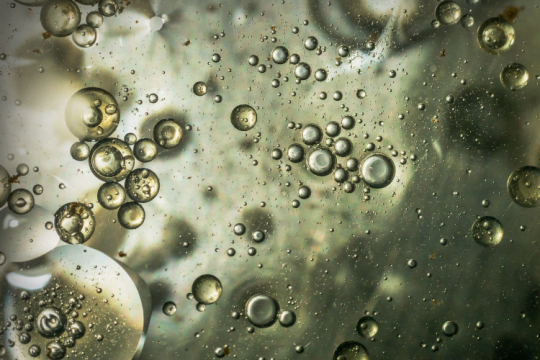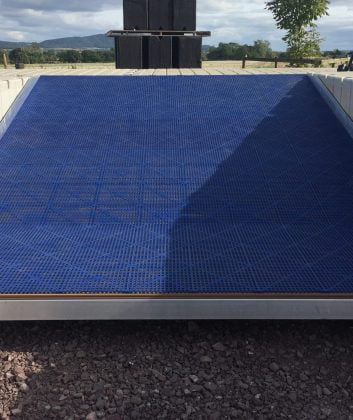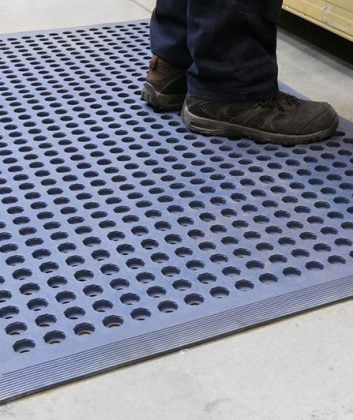We answer the question ‘How to Prevent Slip Hazards at Work’?
Slips can be prevented by implementing a few simple precautions in the workplace. They usually happen where there insecure grip under foot leads to a loss of balance.
Employers have a duty of care to ensure working environments are fit for purpose, well maintained and free of hazards. Slips, trips and falls accounted for 22% of work-related injuries reported in 2015/16 (hse.gov.uk). It’s important that employers and employees are trained to prevent slip hazards at their place of work.
We’ve outlined some useful tips to help prevent slip accidents in yours or your customers working environment.
- Contaminants
Contaminants which are a common cause of slips are often presumed to be liquids, oils or grease, but this isn’t always the case. Slips can also be caused by dry debris such as dust or swarf. It’s important that appropriate flooring / matting is in place to cope with environmental contaminants, which will prevent slip hazards. - Footwear
Footwear needs to be appropriately chosen for each working condition. In wet environments shoes with slip resistant soles are beneficial. It is also important that footwear is well maintained and fits properly, loose footwear can act as a slip and trip hazard. - Safety audits
Flooring should be audited on a regular basis to ensure it is well maintained, fit for purpose to reduce slips, even and free of missing tiles. Where safety matting is installed it’s important that it is in good condition and clean. If there are drainage holes they should be cleaned before they get full of debris, for optimum drainage performance. Safety matting must be fit for purpose to be effective, you might find our guide ‘How do anti slip mats work useful’. - Fatigue relief
Safety matting needs to be selected carefully for yours or your customers environment, not only can it minimise health and safety risks, but can also reduce worker fatigue for employees who spend long periods of time standing on hard concrete floors. Anti slip mats are available to suit a wide range of different working environments, Mat Brain can recommend the most suitable products. - Housekeeping
Housekeeping plays a key part in preventing slip hazards. It is advised that floors are kept clean, dry and well maintained. Spills need to be cleaned up immediately or blocked off, by placing warning signs to alert people about the hazard – spill containment. Matting must be installed correctly and securely to prevent slipping and overlapping. - Maintenance
Regular surveys and maintenance, ensure matting is adequate and well maintained.


